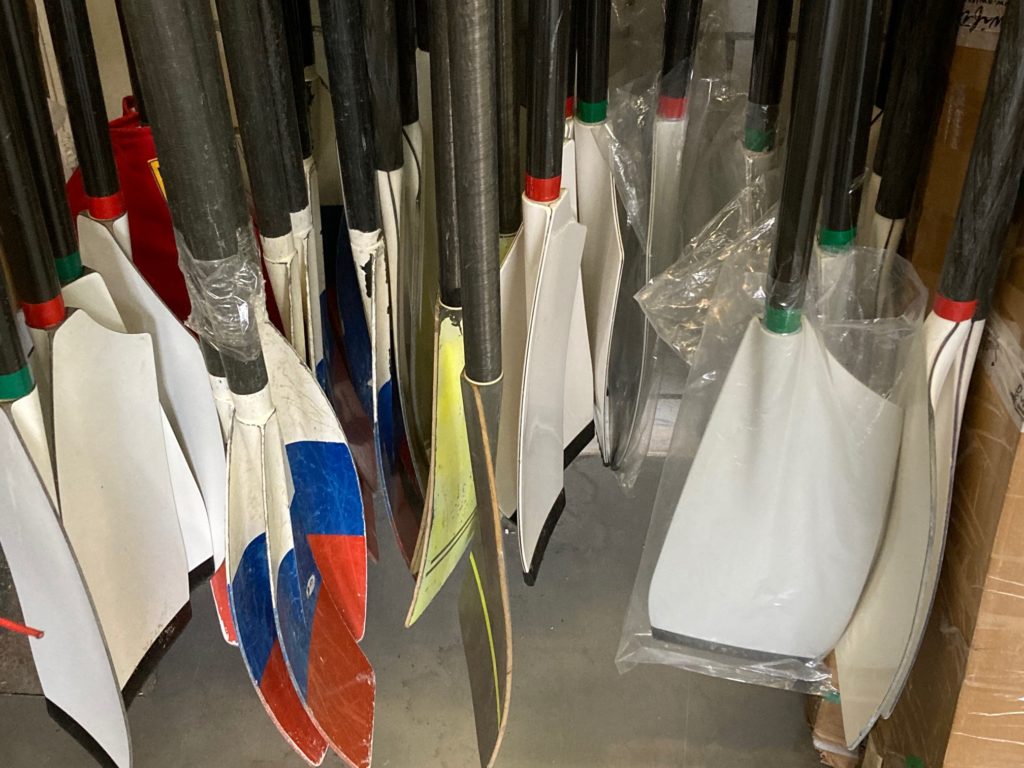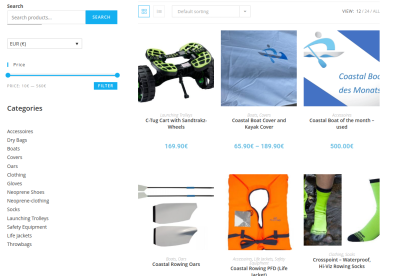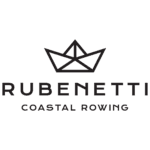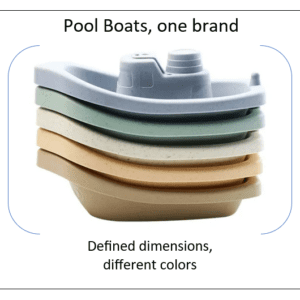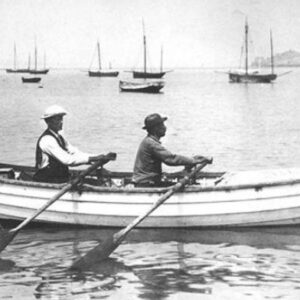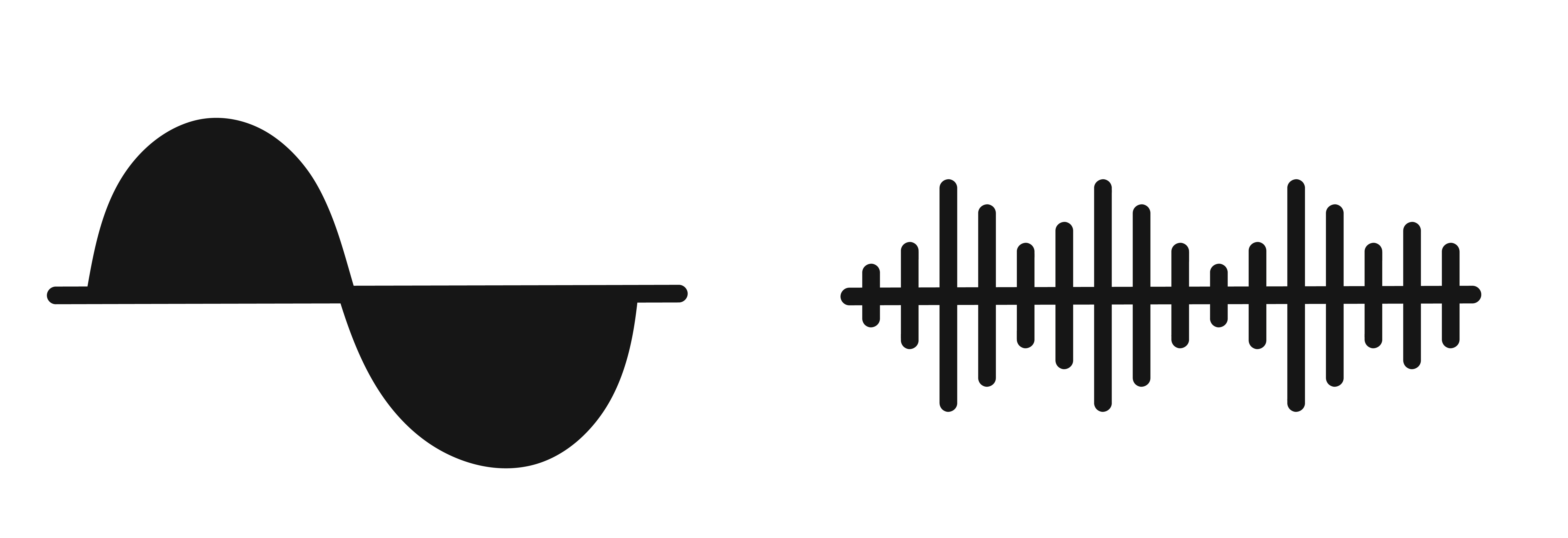Again and again, we ask ourselves the question: Which oars do I need if I want to row on the coast? Which oars are suitable for my coastal boat? Does a beach sprinter need different oars than a long-distance rower or an amateur athlete? To be blunt: If you are a masters or amateur rower on the coast and expect swell, it always makes sense to use coastal oars. But recreational sculls can also be an alternative. They are a suitable alternative in terms of flexibility, price, and back-friendliness and are almost always available.
Which sculls are suitable for coastal rowing?
In principle, you can use any kind of scull. Maybe you already have some from your “normal” boat. You can use them if you rarely row on the coast. However, the more you row on the coast, the more you will see the advantages of special softer oars or even the coastal sculls.
Let’s walk through this. Three things are interesting about oars – blade and shaft and the degree of hardness. It doesn’t matter if you choose oars from Concept, Braca, or other manufacturers. Ask yourself how hard you want the shaft to be. For example, we like it a little softer – it protects our back while rowing and makes the movement smoother.
How important is the shaft? Which oars for my coastal boat?
In coastal rowing, oars are broken relatively regularly. In any regatta with wind and waves, it’s as sure as the sun comes up in the East. I have seen many broken carbon fiber sculls at races, in my courses, or in the surf. Our Facebook page has shown many examples of how sculls can break. This happens from direct contact with third-party boats or unyielding rowers “attacking” your boat with their sculls galore’, but also from unintentional, hard contact with waves. Waves have a tremendous force and quickly puncture old and poorly maintained rudders.
Another point is the loss of the rudders due to wave impact. The oars quickly get “tangled” under the boat. You can’t get the oars out from under the boat in high waves or when capsizing. Here, the chance is very high that the pressure on the oarlock and oars becomes so great that the oars break.
Rowing with soft shafts – Especially advantageous for Coastal Rowing
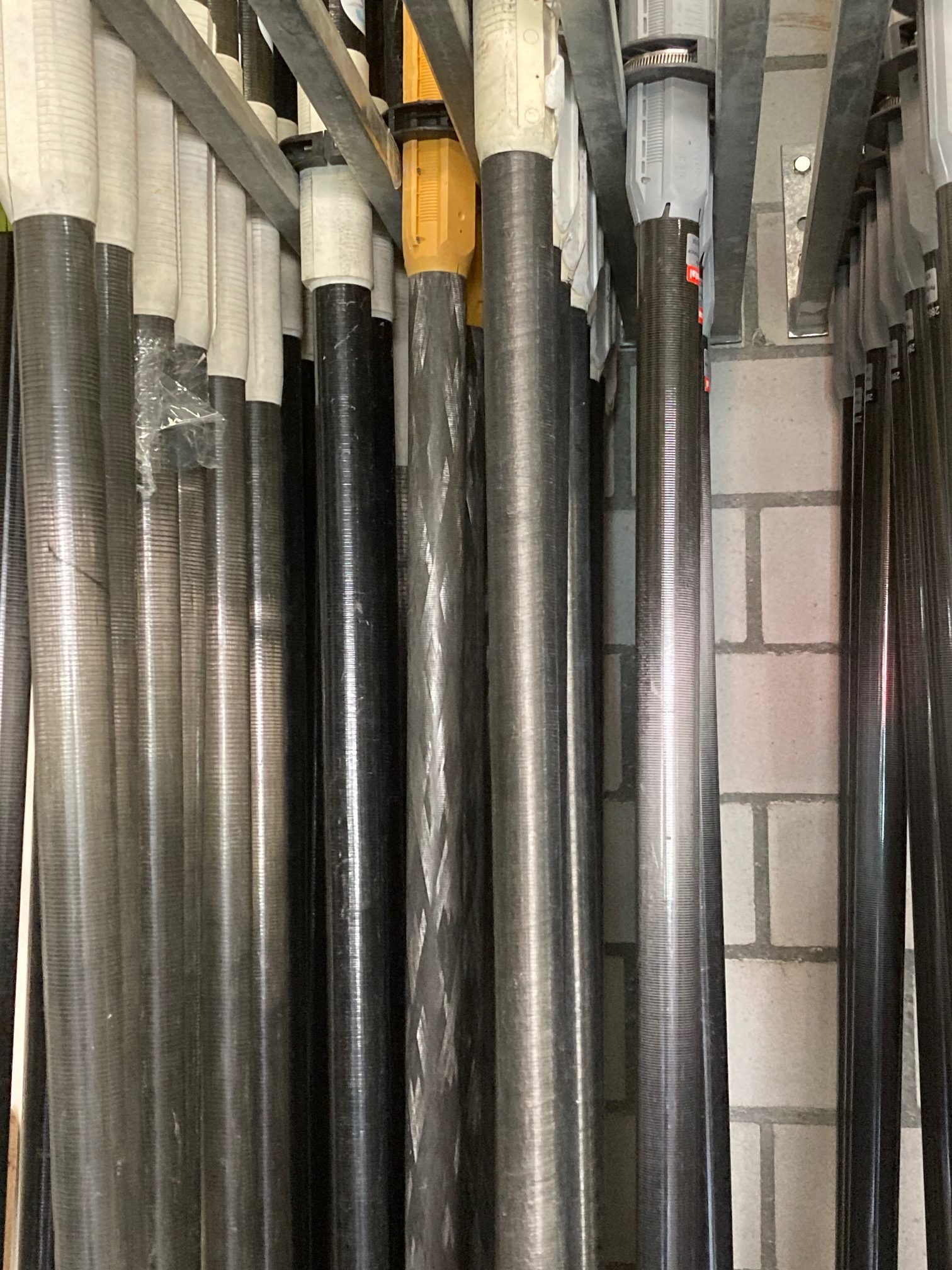
You can reduce the risk of breakage by using softer sculls. They function more like a spring and are more elastic. Accordingly, they react to an impact or pressure in an “evasive” and flexible manner. They yield to pressure up to a certain point and break much later. We recommend softer shaft combinations if you row more often on the coast. The advantage here, in our opinion, lies in the water grip. Firstly, the scull reacts more flexibly when you have wave contact before the catch, and the risk of the scull being knocked out of your hand is lower. Secondly, you have a better sense of balance when building up pressure. So you feel better about how you accelerate. Therefore, our recommendation is that the shaft should not be overly stiff. When choosing, make sure that the carbon content of the oars is not so high. It should definitely be well below 80% – 60-70% is sufficient. This results in almost 10% more flexibility.
Thick or thin shaft, and what about skinnies?
How thick should the shaft be? It is much advertised that skinnies have great advantages. Manufacturers promise that wind resistance is reduced as well as weight. I’m not sure wind is a strong argument in coastal rowing. How important is it to be 0.05 seconds faster at 2000 m? At the Olympics, under competitive conditions – very important. But on the coast? Maybe at most in long-distance racing, but here unexpected waves can play a bigger role. The weight per scull is more important. But here, too, we can’t get carried away: We’re talking about weight differences per scull of 250 to 350 grams. If you want to spend the money, you can. We do not consider skinnies necessary.
The blade shape: Smoothies vs Braca Double Wing vs Comp and other sculls
Again, the various manufacturers have a particular opinion. “For many newcomers, the versatile and often familiar Smoothie2 Vortex rudder blade is ideal: it deploys cleanly and efficiently, and its shape helps with immersion. The Vortex edge increases efficiency and can protect the blade tip,” as far as Concept USA’s comment.
Also discussed currently are other blade shapes, such as the Comp blade or the Bantam shape. We ourselves exclude Bantam and Bigblades for coastal rowing. We don’t think the blade shape is suitable, especially when it gets wavy. However, the Comp blade could be an alternative to the Smoothie or Double Wing. Ben Booth, an experienced coastal rower from the USA, has done trials with Concept II and says the following:
“I found when moving the boat through choppy water, the blades were unaffected and allowed me to hang off them comfortably. Once in the water, they stay there, locked in well. This is a really good feature of the Comp. It’s light, but very stable. Stability is an absolute necessity in coastal rowing.”
Our conclusion:
Softer rudders are better for coastal rowing than “hard” ones. They are more comfortable in the hand, in use, and have better breaking strain. They give a certain amount of flexibility to absorb the potentially high shock loads that occur when the boat bounces around and waves suddenly crash against the hull. We would tend to choose the blades smaller. Bracas double wing, smoothies or comp are ok. One aspect we haven’t looked at in detail yet is rudder length. There are suppliers whose coastal rudders are slightly (2-3 cm) shorter. We recommend adjustable length sculls. When I row in the Baltic Sea, I use oars with a length of 285/286 cm. There are specialists who row with 283 cm. It’s best to try it out for yourself.
Can you also go to the coast with standard oars, i.e. popular sport sculls? We say yes. Most popular sport sculls are about 40-50% carbon, are more flexible and not as hard. We think it is quite appropriate to use these sculls as well. Provided that it is not permanently bestial conditions, the wind whistles with 5-6 BFT and you permanently bang on the waves when using. (But no one wants to go out in this weather anyway).
We at Coastal-Boats also have a variety of rudders available. Just have a look at the store.

